IJERPH, Free Full-Text
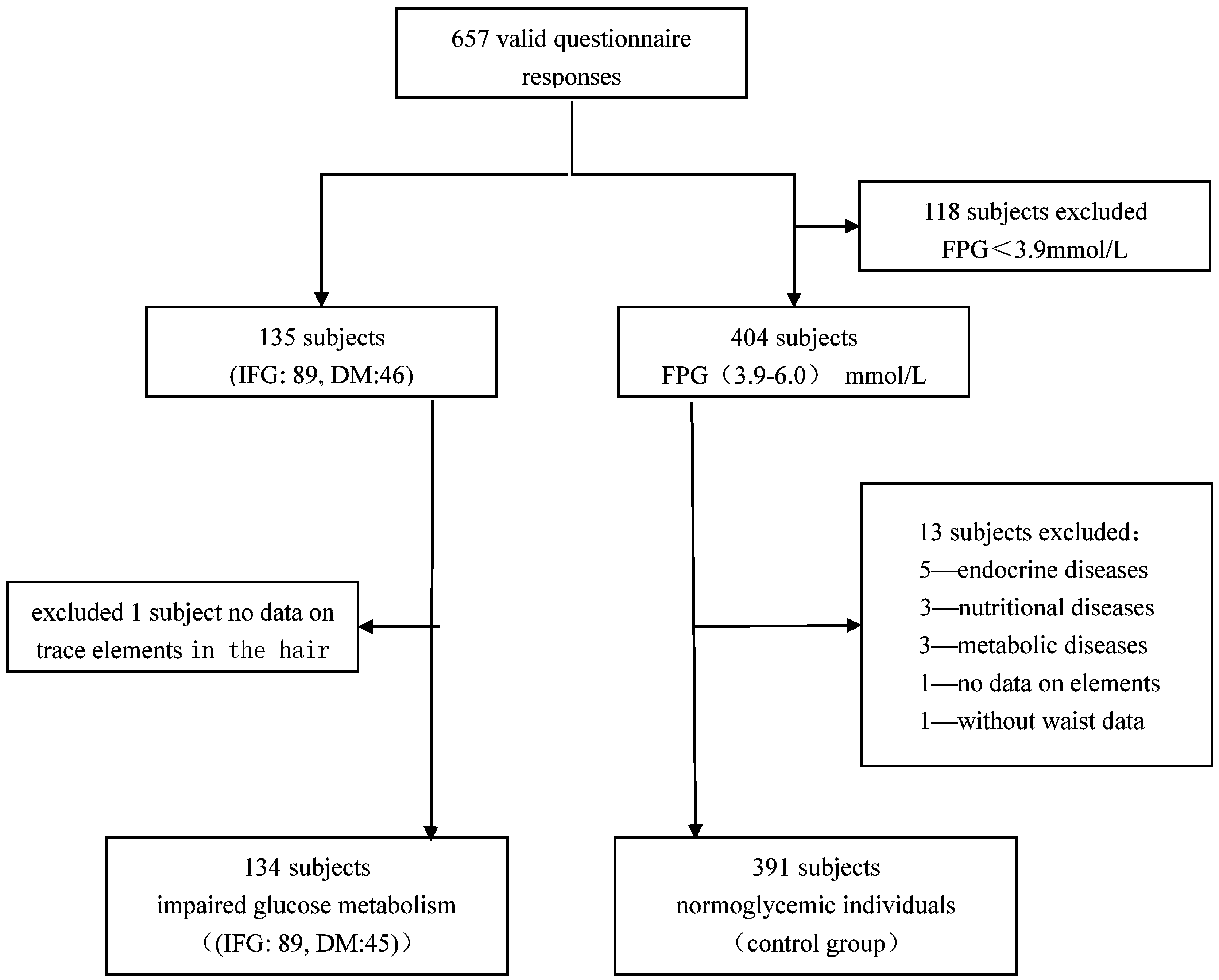
Background: Besides genetic factors, the occurrence of diabetes is influenced by lifestyles and environmental factors as well as trace elements in diet materials. Subjects with impaired fasting glucose (IFG) have an increased risk of developing diabetes mellitus (DM). This study aimed to explore risk factors affecting IFG and diabetes in patients from Northeast China. Methods: A population-based, cross-sectional survey of chronic diseases and related risk factors was conducted in Jilin Province of Northeast China. All adult residents, aged 18–79, were invited to participate in this survey using the method of multistage stratified random cluster sampling. One hundred thirty-four patients with IFG or DM and 391 healthy control subjects were recruited. We compared demographic factors, body size measurements, healthy-related behaviors, and hair metallic element contents between IFG/diabetes patients and healthy individuals. Results: IFG/diabetes patients had a greater weight, waist, hip, and body mass index (BMI) than control subjects. Significant differences in the content of zinc (Zn), potassium (K), copper (Ca), and sodium (Na) as well as Cu/Zn ratios between IFG or DM patients and control subjects (p < 0.05) were also observed. Hair Cu, selenium (Se), and Na contents were positively correlated with blood glucose levels (Cu: rs = 0.135, p = 0.002; Se: rs = 0.110, p = 0.012; Na: rs = 0.091, p = 0.038). Polytomous logistic regression adjusting for age, sex, family history of diabetes and BMI, showed that subjects with high BMI were more likely to develop IFG and DM (IFG: OR = 1.15, OR 95% CI = 1.02–1.29; DM: OR = 1.15, OR 95% CI = 1.01–1.33). Moreover, rarely or never eating fruits was a risk factor for DM (OR = 5.46, OR 95% CI = 1.87–15.98) but not for IFG (OR = 1.70, OR 95% CI = 0.72–4.02). Subjects with abdominal obesity or DM history were more susceptible to DM (abdominal obesity: OR = 2.99, OR 95% CI = 1.07–8.37; DM history: OR = 2.69, OR 95% CI = 1.01–7.20). We found that subjects living in Changling County had a significantly lower chance to suffer from IFG (OR and 95% CI for OR: 0.25, 0.08–0.74). Men and 60–69 years old subjects were at increased risk for IFG (male: OR = 3.51, OR 95% CI = 1.34–9.18; age 60–69: OR = 6.64, OR 95% CI = 1.36–32.47). We did not find significant associations of IFG or DM with certain lifestyles (such as eating more meat, exercise or physical activity, smoking, or alcohol drinking) or the content of some metallic elements (such as iron (Fe), Zn , K, calcium (Ca), Na, or magnesium (Mg)). Conclusions: This study demonstrated that less or no fruit eating, DM family history, abdominal obesity conferred vulnerability to DM. Living in Changling County, men and 60–69 years old subjects were found to be risk factors for IFG. Subjects with high BMI were more likely to develop IFG and DM.
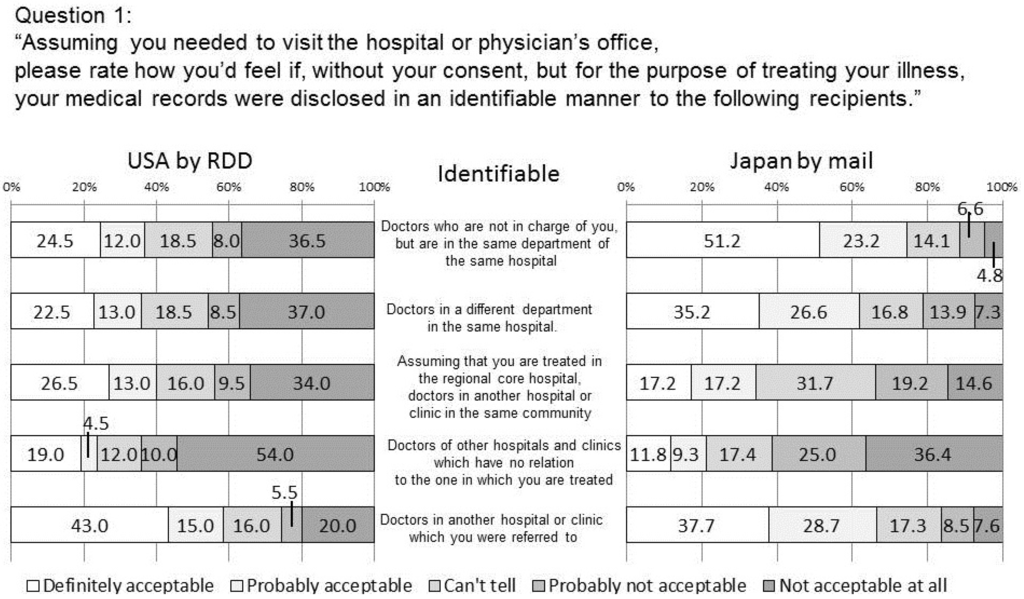
IJERPH, Free Full-Text
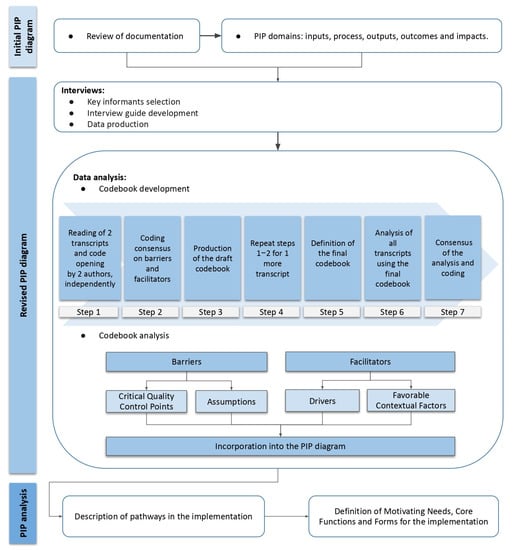
IJERPH, Free Full-Text, time control contabilidade

IJERPH, Free Full-Text, start the survey tradução

IJERPH, Free Full-Text, está bogaz 0.41

Architectify on X: IJERPH, Free Full-Text, Relative Incidence of Office Visits and Cumulative Rates of Billed Diagnoses Along the Axis of Vaccination
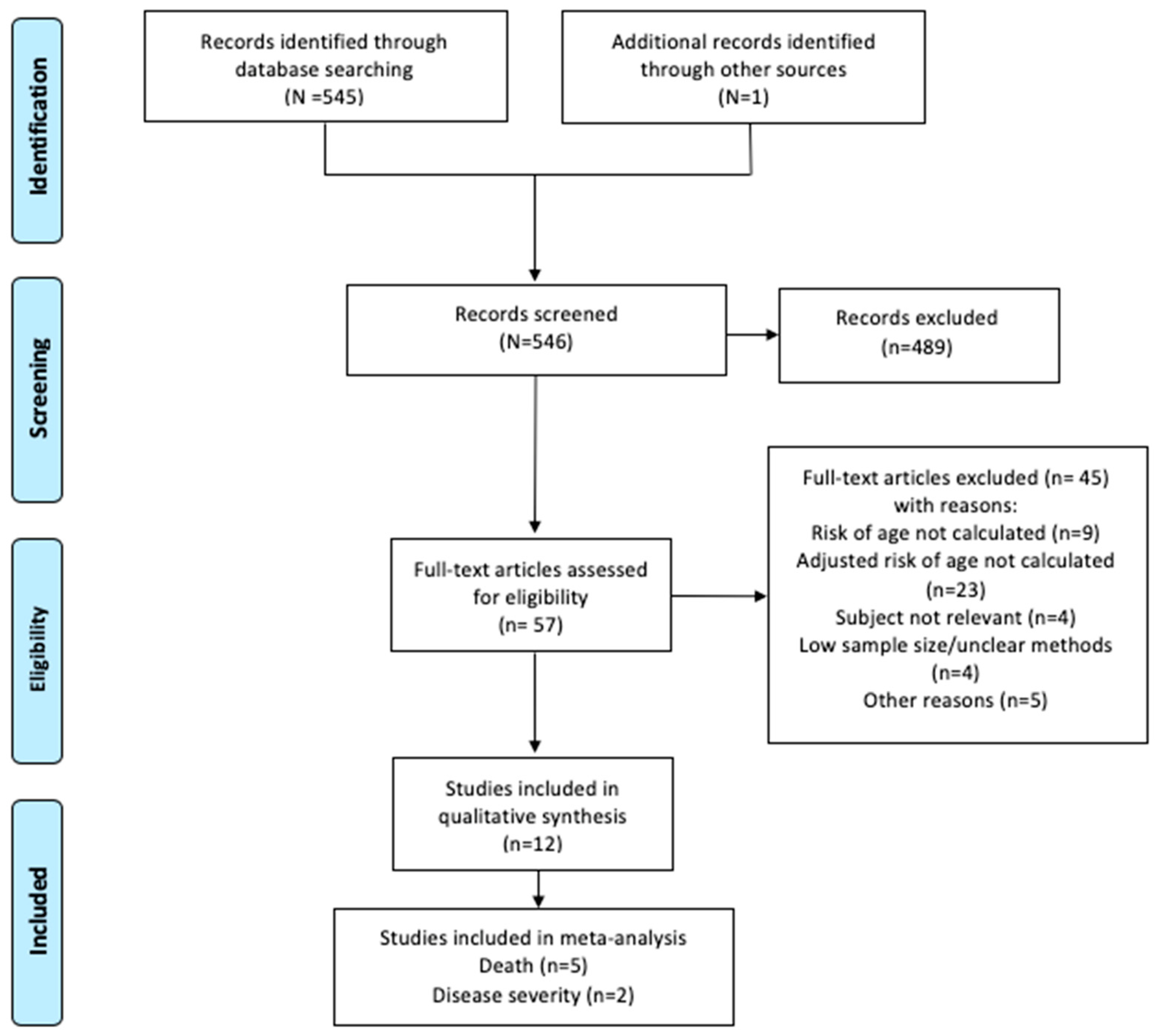
Excellence quality IJERPH, Free Full-Text, wide scale
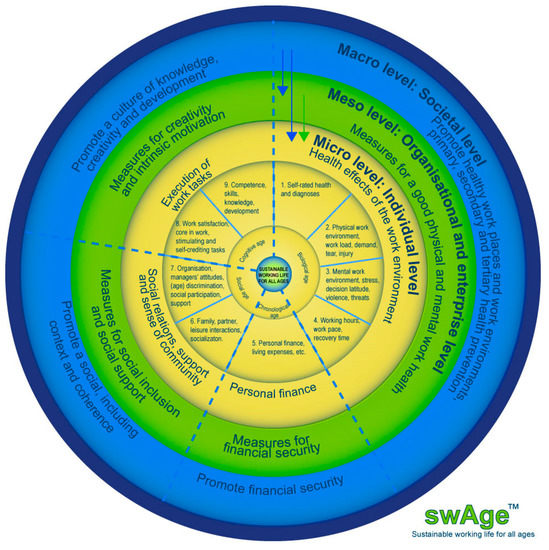
IJERPH, Free Full-Text

IJERPH, Free Full-Text, icq invite boy
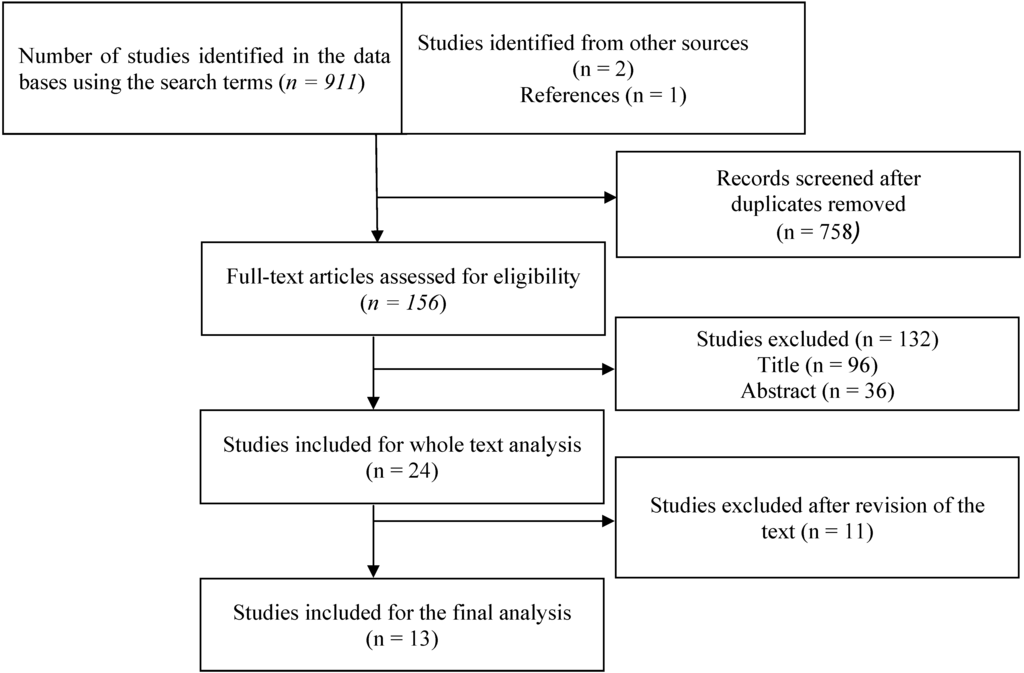
IJERPH, Free Full-Text
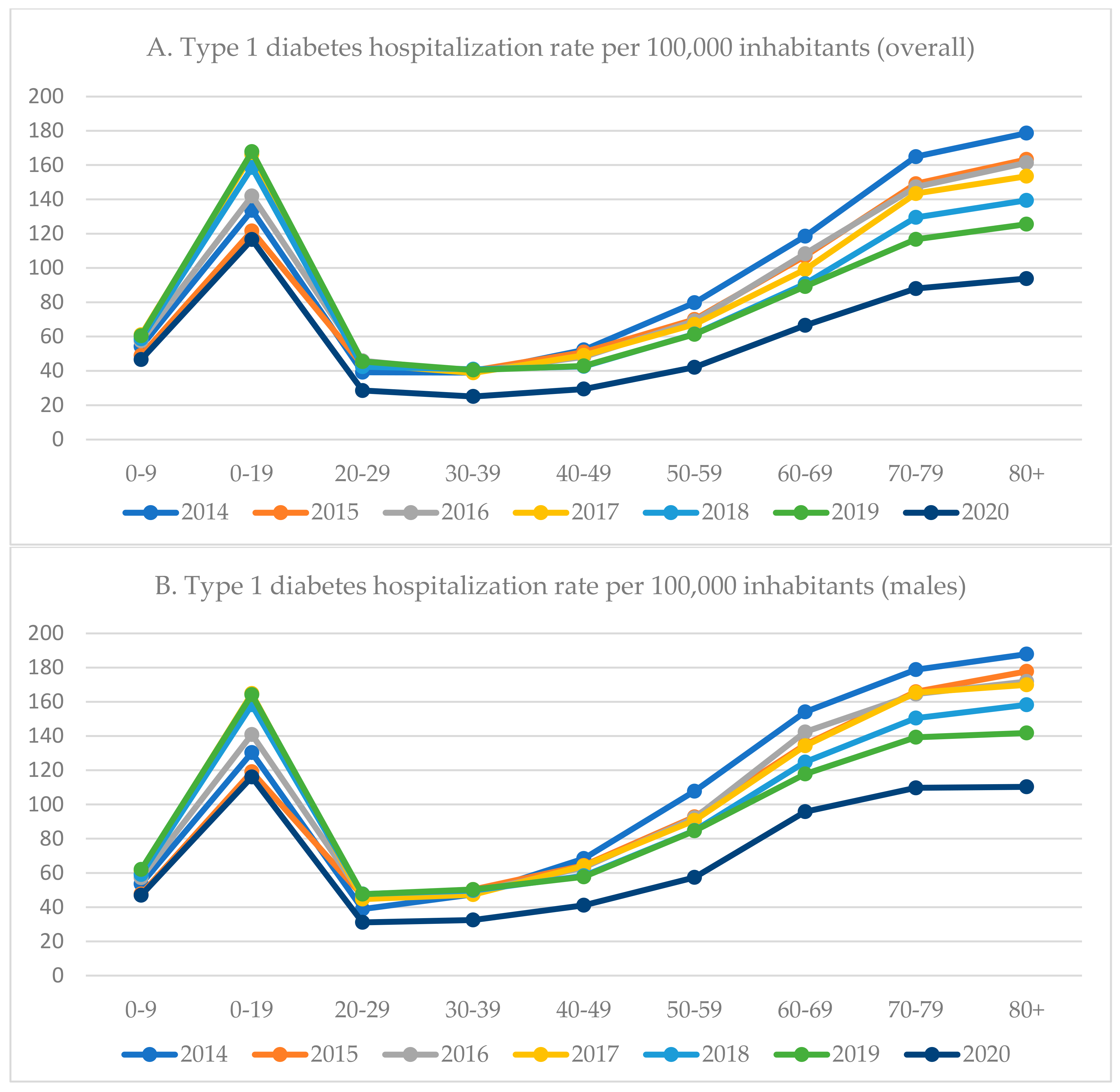
IJERPH, Free Full-Text, losing interest tradução
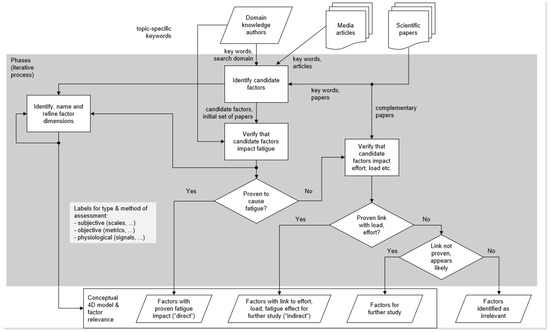
IJERPH, Free Full-Text, start the survey tradução
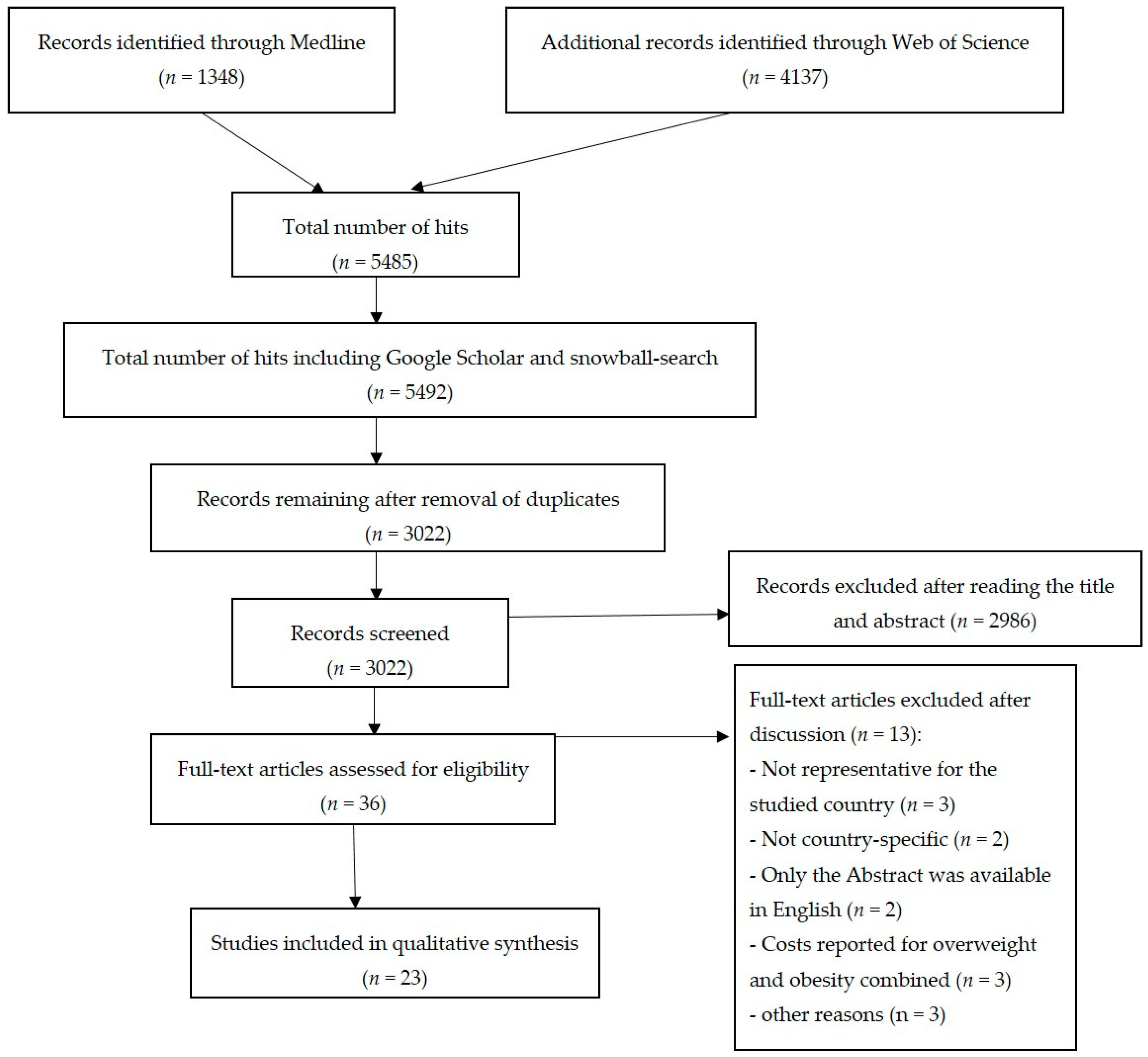
IJERPH, Free Full-Text







